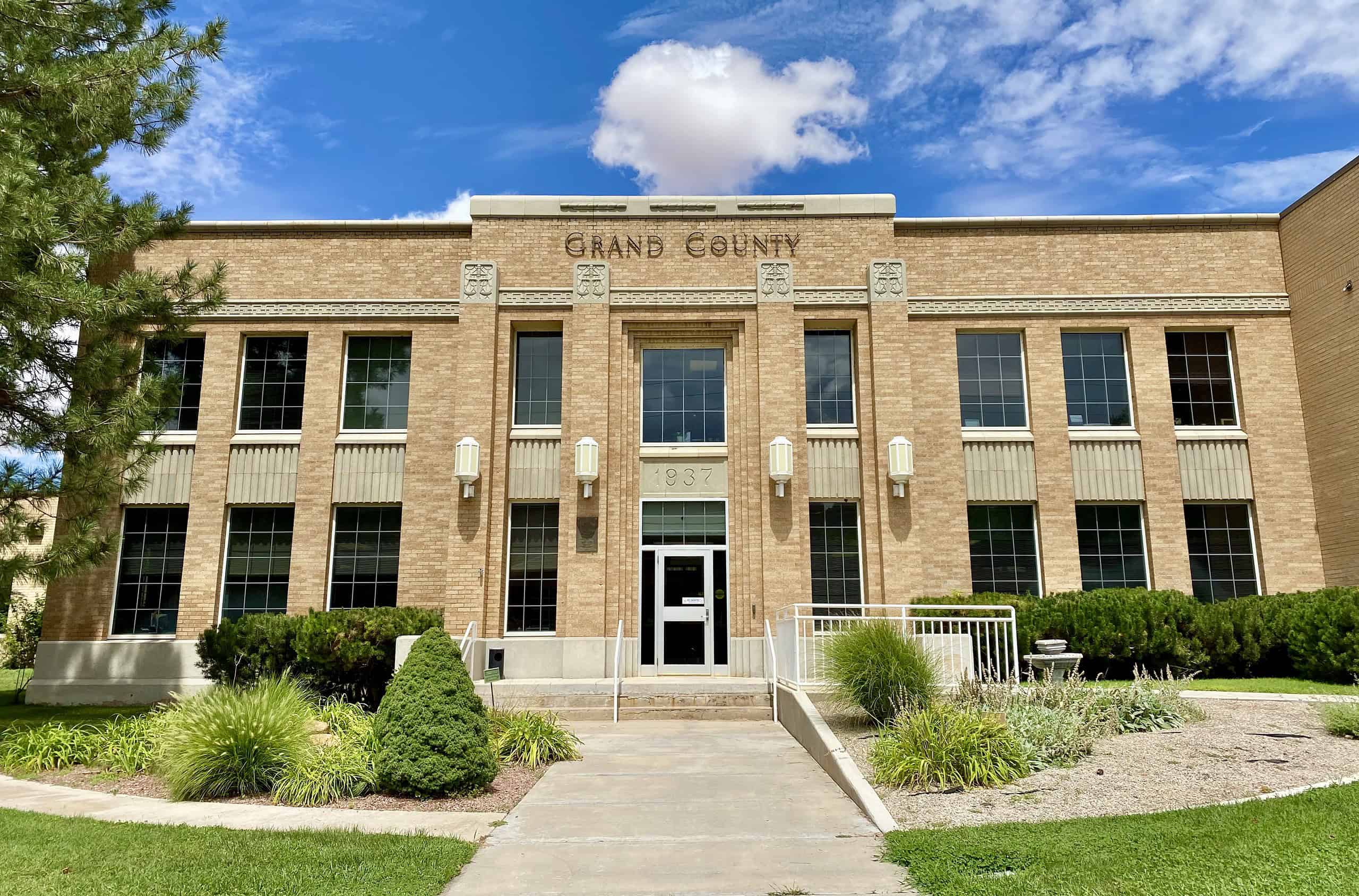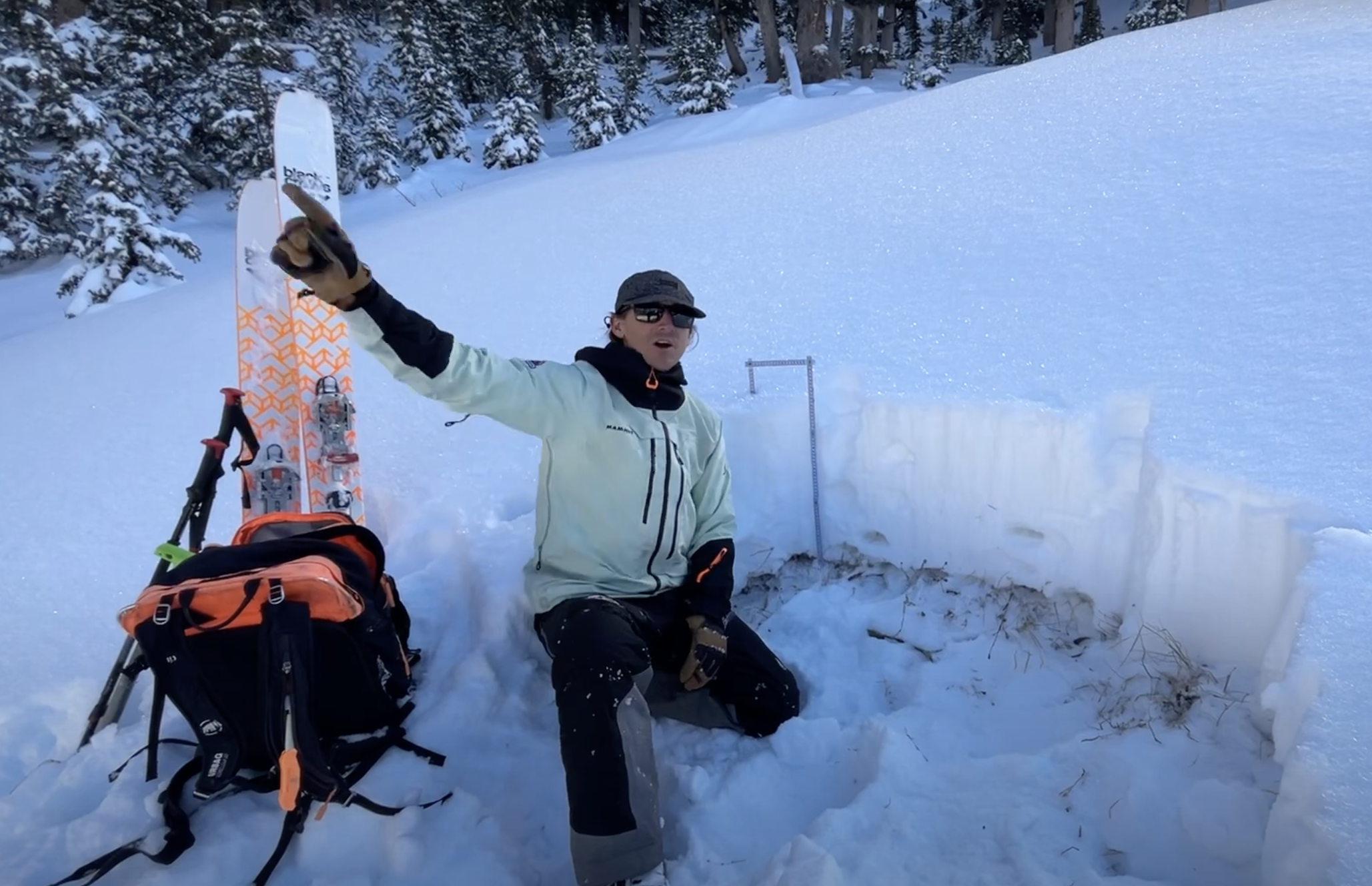Some information may be outdated.
Grand County commissioners voted to approve a letter to the local Bureau of Land Management office asking that the agency take steps to address noise caused by aircraft in the area. The letter is an alternative approach to a proposal discussed at the last commission meeting on Dec. 6: an ordinance that would have prohibited aircraft takeoffs and landings outside of approved airstrips. Aviators attended that meeting in large numbers to express their dismay and opposition to the ordinance, and county officials agreed the issue needed more study.
However, aviation enthusiasts who attended the Dec. 20 meeting said the county’s letter to the BLM is still too aggressive an action.
County officials say they have received increasing numbers of complaints about aircraft noise and they hope to get ahead of future conflict by prompting a policy that identifies appropriate and prohibited areas for aircraft takeoffs and landings.
“Our understanding is that BLM currently has no policy governing [takeoffs and landings] of these aircraft and that therefore they are allowed to operate on BLM land with few if any restrictions,” the county’s letter says. “This is in stark contrast with the way bicycles, motorcycles, and ORVs are regulated… The lack of regulation of aircraft [takeoffs and landings] is an anomaly that urgently needs to be fixed.”
At the Dec. 6 meeting, Commissioner Mary McGann clarified that the commission isn’t trying to eliminate backcountry air travel, but rather trying to establish a way to implement regulations to avoid conflict. The letter suggests that the BLM focus initially on areas within 10 miles of Spanish Valley, Castle Valley, and the Colorado River corridor.
Meanwhile, the county intends to update its own takeoff and landing policy to explicitly include increasingly popular forms of aviation such as private helicopters and motorized paragliders. In the absence of federal policy, state and local laws govern—in its letter to the BLM, the county asks the agency whether it agrees with this stance.
The BLM was not able to provide a comment before press time, though in correspondence with the county, BLM officials indicated that the agency is considering aircraft issues.
Grand County resident Ian Mitchard practices several types of aviation and aerial sports: he’s a skydiver, BASE jumper, paraglider, hang glider, paramotorist, and has been a pilot of small aircraft (though his license is currently lapsed). He especially appreciates how paramotoring allowed him to keep exploring the backcountry after a serious injury to his feet prevented him from doing long hikes. Mitchard is an administrator on a local paramotor Facebook group and active on another international paramotor Facebook group, where many aviators go to get information about where and how to fly in other areas.
Mitchard spoke at both commission meetings against the proposed ordinance and the letter to the BLM. He thinks the county is acting too aggressively, too fast, and without including aviation groups—such as the Utah Back Country Pilots Association—in the conversation.
“I think that’s the number one point, is that this caught the aviation community by surprise,” Mitchard said in a phone call with the Moab Sun News. He said he understands that the commission is concerned about getting ahead of the noise issue, especially in light of the ongoing local controversy about traffic noise and UTVs, but that outreach needs to happen first.
In an earlier conversation with the Moab Sun News, Director of the Utah Division of Aeronautics Jared Esselman said that his agency collects data on noise complaints around the state and uses the information to tell aviators where they should avoid flying. Mitchard said that approach could work with Grand County aviators as well.
“I think that’s already informally happening among this group,” he said—aviators use social media to tell each other where to avoid flying to avoid creating conflicts with communities.
Roy Evans is the president of the Utah Back Country Pilots Association, and he agreed that aviators would be willing to work on a solution.
“We’re not trying to say that we have access to every inch of public land,” Evans said in a phone call with the Moab Sun News. “We want to work together and address those issues.
Evans submitted a GRAMA request to the county for aircraft noise complaints over the last two years and shared the data with the Moab Sun News. Complaints came in various formats—emails to the county, phone calls to sheriff’s office, and letters—there were a few dozen. Various people complained of a low-flying helicopter and paramotorists buzzing over residential areas and popular hiking areas, such as Mill Creek and Sand Flats. Some complaints focused on backcountry areas, rather than neighborhoods, raising concerns about resource damage and disturbance to wildlife.
Not all of the complaints would be addressed by the proposed ordinance. Several were about a paramotorist event that took place in San Juan County but was close enough to annoy Grand County residents. Grand County’s ordinance wouldn’t have an effect on such a gathering. Some of the complaints were about commercial operations, such as a utility company that uses an aircraft to read gas meters—an activity which would not be prohibited under the county’s proposed ordinance.
Overall, Evans and other aviators are not convinced that a few dozen complaints over two years are justification for the county’s actions (though commissioners noted in the Dec. 20 meeting that they’ve heard verbal complaints as well that aren’t included in the GRAMA record).
Evans said he’s optimistic about finding an effective and amicable solution, saying of the commission,
“A spirit of cooperation and collaboration seems to be something they want to make a part of this going forward.”
Commissioner Josie Kovash made a similar remark before voting to approve the letter to the BLM.
“People in the aviation community… have reached out to us to further engage on this process,” Kovash said. “By no means do I feel like this letter precludes that, or replaces that potential… that’s my hope, that this is a gathering of all of the stakeholders together who should be gathered and we can have a better approach on this moving forward.”
Appreciate the coverage? Help keep local news alive.
Chip in to support the Moab Sun News.





